Top Trekking Routes in Nepal: Your Ultimate Guide to Himalayan Adventure
Nepal is trekkers’ paradise, where there is outstanding landscape, snowcapped mountains, and culturally rich treks. From a brief, scenic walk to a four-week trek over unspoiled wilderness, Nepal’s varied trekking trails have something for every type of traveler.
Below are the top 10 treks in Nepal along with descriptions and highlights to plan your next Himalayan trek.
1. Everest Base Camp Trekking
Everest Base Camp Trek is the crown of Nepal treks. The trek begins with a Himalayan flight to Lukla and climbs through picturesque color villages like Namche Bazaar and Tengboche. The trek is a distinctive cultural trek of the Himalayas with overnight stops only in the old monasteries and Buddhist chortens along the trek. Higher still, there’s landscape broken into yaks, glacial rivers, and awe-inspiring views of the world’s highest mountains.
Everest Base Camp hike to the elevation of 5,364 meters is an endurance test both physical and mental. Kala Patthar peak to the elevation of 5,545 meters and a viewpoint famous for the most stunning sunrise panoramic view of Everest, Lhotse, and Nuptse are also included in the trek. The trek although challenging from the altitude point of view, is very well marked with teahouses and medicare centers in between.

Main Attractions:
- Panorama viewpoint for the best panoramic photograph of Everest,
- Namche Bazaar a beautiful acclimatization break and Sherpa village,
- View from below Tengboche Monastery of Ama Dablam,
- Sailing on rickety suspension bridges over the Dudh Koshi River,
- Everest Base Camp visit a holy place for pilgrims/tourists.
2. Annapurna Circuit Trekking
Annapurna Circuit is the loveliest trek of Nepal, too. It ranges from rice terraces and subtropical forest to alpine meadow and arid desert of Mustang, hugging the Annapurna massif. The trekkers go through a string of ethnic villages- Brahmin, Gurung, Thakali, and Tibetan-influenced villages- with an altering culture and cuisine. Spring’s overall weather for the trek is wildflowers and wildlife, langurs, Himalayan griffons, and flowering rhododendrons.
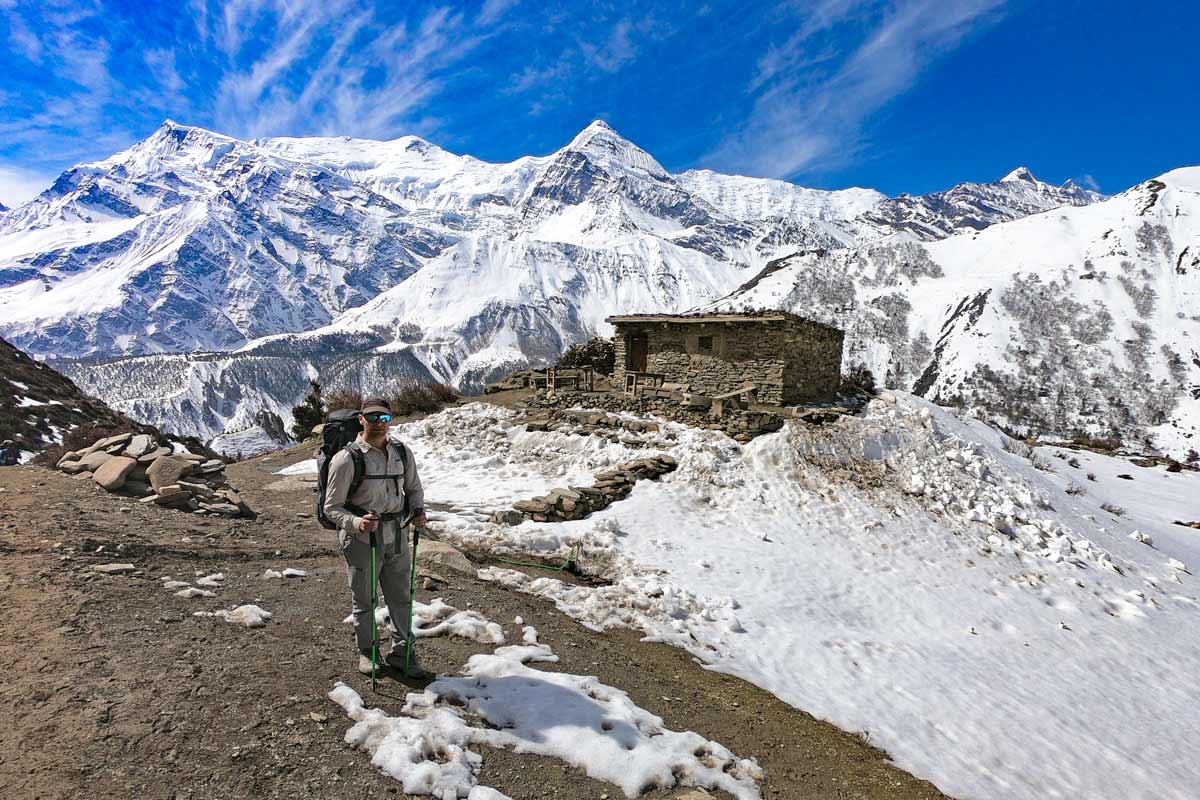
The high point of the trek is Thorong La Pass (5,416m), the highest trekking pass in the world. On the other side of the pass is the trek to the world’s longest and deepest gorge, Kali Gandaki Gorge, and on to sacred Muktinath. Sidetrips are also taken to Tilicho Lake and Poon Hill, and the circuit is completed by a string of teahouses with luxury and camaraderie.
Main Attractions:
- Trekking highlight with 360° view from Thorong La Pass,
- Muktinath Temple visit Hindus and Buddhists’ temple,
- Healing nature in the Tatopani hot springs,
- Panorama of Annapurna I, Dhaulagiri, and Machapuchare,
- Viewing the World’s deepest gorge trek Kali Gandaki.
3. Langtang Valley Trekking
Langtang Valley Trekking, a day trip to Kathmandu, is a glacial stream alpine gem and genuine mix of Tamang and Tibetan traditions. Trek ascends along Langtang River past dense pine, bamboo, and rhododendron forests to open to sweeping broad vistas of alpine grasslands. Tamangs’ warm welcome and the traditional yak herding of their centuries-old traditions make this earth disproportionately real in nature.
The region has picked up speed over the years since the earthquake took place in 2015, and hiking to the region makes development on the ground level. Kyanjin Gompa is the last village on the hike with off-the-beaten-path regions like Tserko Ri (4,984m) to hike up for summit views of the surrounding high peaks. Langtang Lirung (7,227 meters) towers away in the distance on the hike.
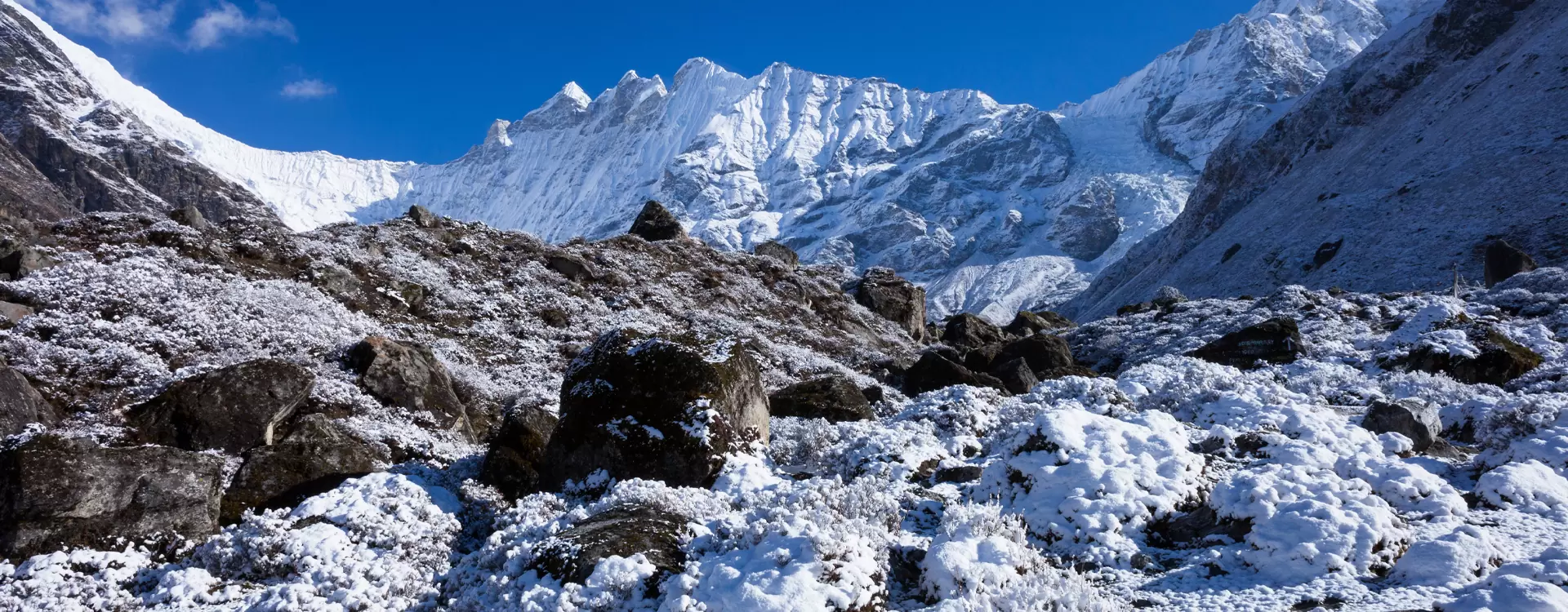
Main Attractions:
- Kyanjin Gompa religious and cultural hub of the valley,
- Sunrise over snow-capped mountains at Tserko Ri,
- Red panda and Himalayan monal habitat within Langtang National Park,
- Yak grazing and Glacier stream at Langshisha Kharka,
- Tamang culture and hospitality.
4. Manaslu Circuit Trekking
Less Manaslu Circuit Trekking elsewhere. Elsewhere outside, the Manaslu circuit trek crossed (8,163m) is of the rare kind in the rare geography and cultural charm of the world. Hindu mid-hills trek again provides the Buddhist highlands of rock-village villages and medieval monasteries. Guide trek tour guide and permit and natural and cultural integrity preserved.
Most exciting and interesting part of the trek is Larke Pass (5,160m), Himlung Himal, Cheo Himal, Himal view of Annapurna range. Less treks and less crowd and other alternative of treks, and best for those people who don’t like crowd. Trek is similar to Annapurna circuit trek also and other alternative of treks.
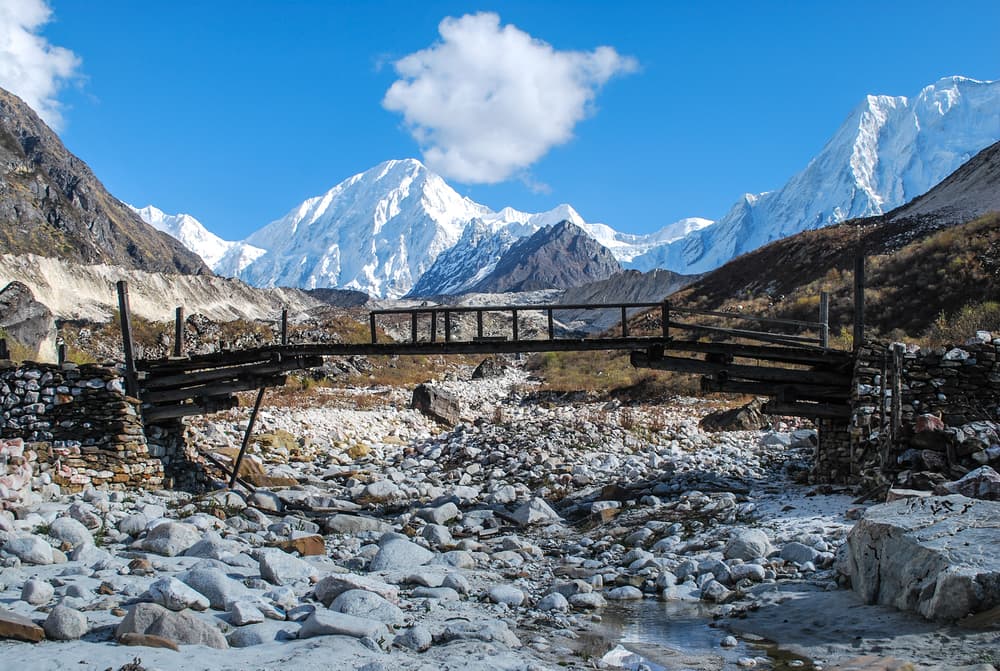
Main Attractions:
- Larke Pass, the high-pass, high-altitude trekking adventure
- Sama Gaun, starting of Manaslu Base Camp trek,
- Pungyen Gompa, old monasteries,
- Nubri Valley ice and waterfalls,
- Synthesis of Hindu-Tibetan culture.
5. Ghorepani Poon Hill Trekking
Ghorepani Poon Hill Trekking is Ideal and short for the tight budgeter and the first-time trekker. But with plenty of fine scenery. From near Pokhara itself. Just south of Nayapul, it winds its way up through a fine rhododendron forest and the Gurung and Magar villages. With its old path and rowed teahouses to the fore, the trek is still Nepal’s easiest.
The highlight of the trekking tour is the sunrise on Poon Hill (3,210 m), when sun burst and light up the Annapurna and Dhaulagiri ranges with golden light. A photographer’s paradise and a dream for trekkers. The trek can be done all year round and also made into a family trek by re-routing the trek trail.
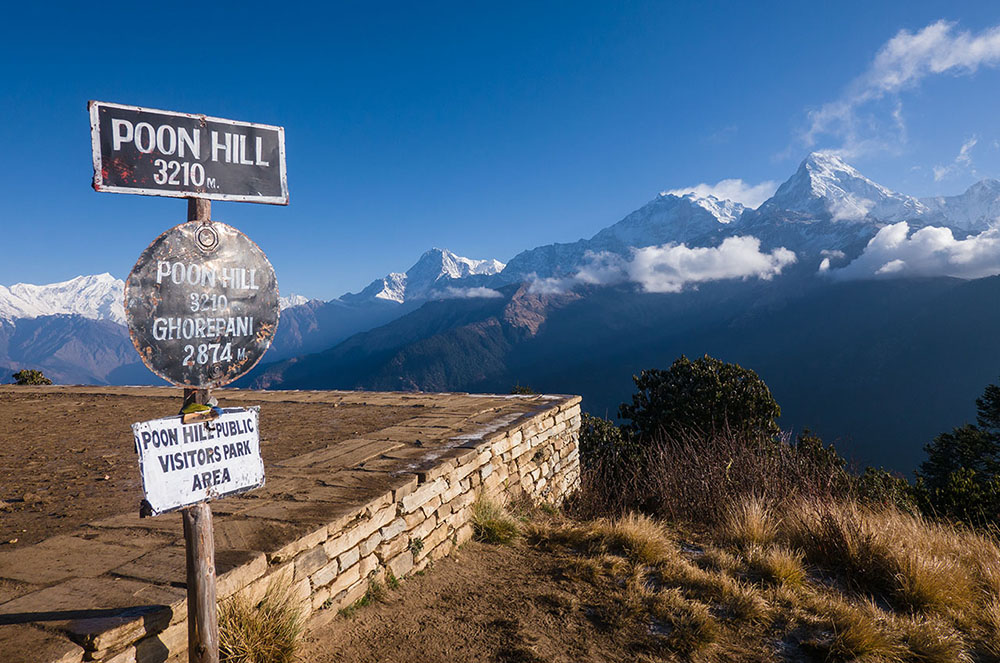
Main Attractions:
- Annapurna range sunrise view from Poon Hill,
- Ghorepani and Ghandruk traditional villages,
- Rhododendron forests in bloom (March–April),
- Panorama of Dhaulagiri and Machapuchare (Fishtail),
- Cultural interactions with Magar and Gurung villagers.
6. Upper Mustang Trekking
The Upper Mustang Trek takes us to Nepal’s arid land that was once an independent Kingdom of Lo. The capital Lo Manthang has palace complexes, Buddhist monasteries, and medieval narrow streets from the time when the modern world had not gained dominance. It is one of the most culturally interesting trekking with Tibetan appearance landscape and Tibetan culture compared to Nepali appearance landscape. Off the beaten and rarely visited except by special permit.
This country will be so out of this world — Dune landscapes, wind-eroded cliff faces, cave networks. May to October is monsoon season and thus your best option as the country lies in a rain shadow. It’s more hills than a hiking tour of early Himalayan cultural heritage.
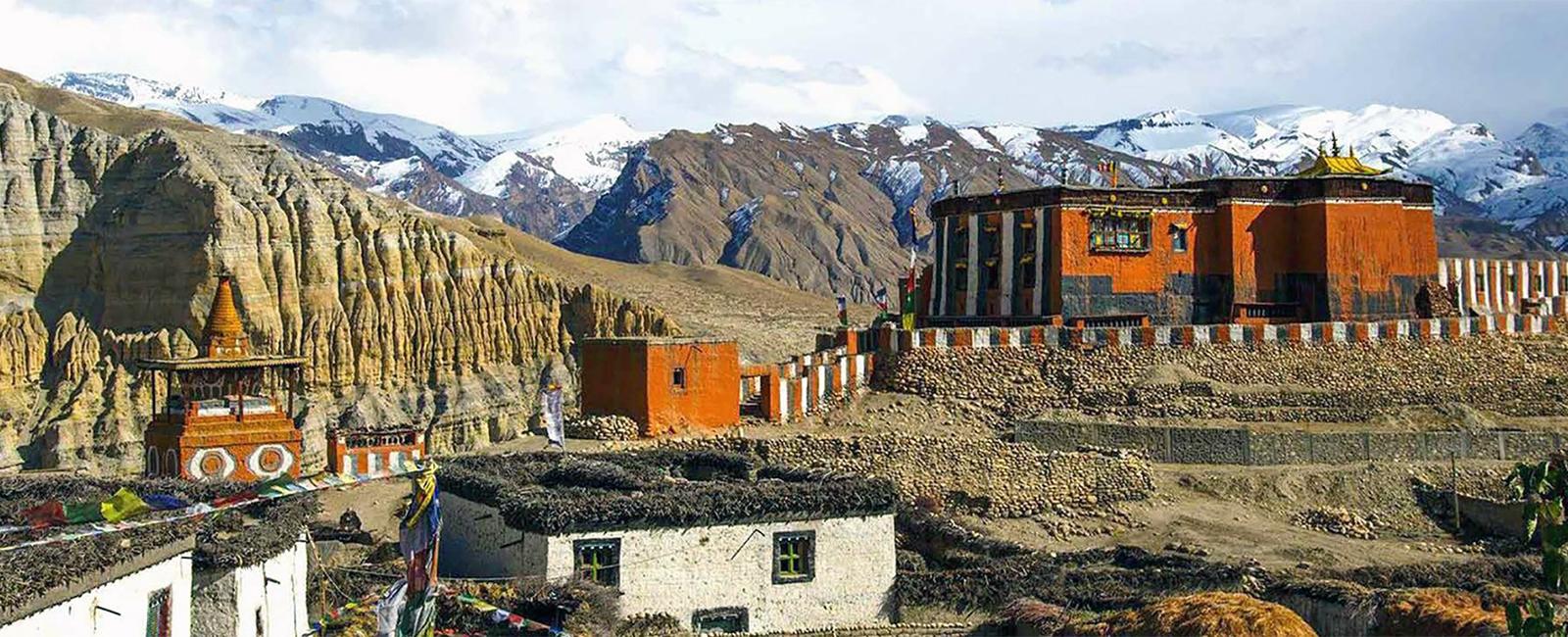
Major Attraction:
- Lo Manthang: The fort city, the capital city, the royal tradition city
- Abode of the Yogis, meditation halls of yore hewn into simple living residential houses,
- Views from Dhamkar and Ghami Passess,
- Tibetan gompas and chortens
- Forbidden Kingdom and its rich culture come alive.
7. Gokyo Lakes Trekking
A serene day trekking from Everest Base Camp, the Gokyo Lakes Trek is a glacier valley trekking to a chain of blue turquoise lakes beneath some of the world’s highest mountains. The Lukla trek is all that happens in an EBC tour before trekking to Dole and Machhermo. The reward is Gokyo Ri (5,360m), whose breathtaking 360° panorama includes Everest, Lhotse, Makalu, and Cho Oyu.
Trekking also walks over huge Ngozumpa Glacier—Nepal’s longest glacier. Off-the-beaten trail, fewer tourist crowds, and rugged terrain of high-altitude lakes all do make this trek a great option for nature lovers looking for Everest view without EBC tourist throngs.

Major Attraction:
- Panorama sunrise over the summit from Gokyo Ri
- Chain of six glacial lakes supplied by blue water
- Ngozumpa Glacier, Nepal’s longest glacier
- Way to cross Cho La Pass to approach EBC trek
- Four 8,000-meter giants visible.
8. Mardi Himal Trekking
Delightful and short trekking to Mardi Himal Base Camp on virgin ridge and forest. After Annapurna Base Camp trek, the trek is less populated by humans and a peaceful and calm trekking experience. The trek runs smoothly with good pace from 1,000 meters well above 4,000 meters, and forest becomes alpine ground with boulders scattered.
We have great views of Machapuchare, Annapurna South, and Hiunchuli during trekking. The highlight is ridge walk from High Camp to Mardi Base Camp with Himalayan scenery both sides.
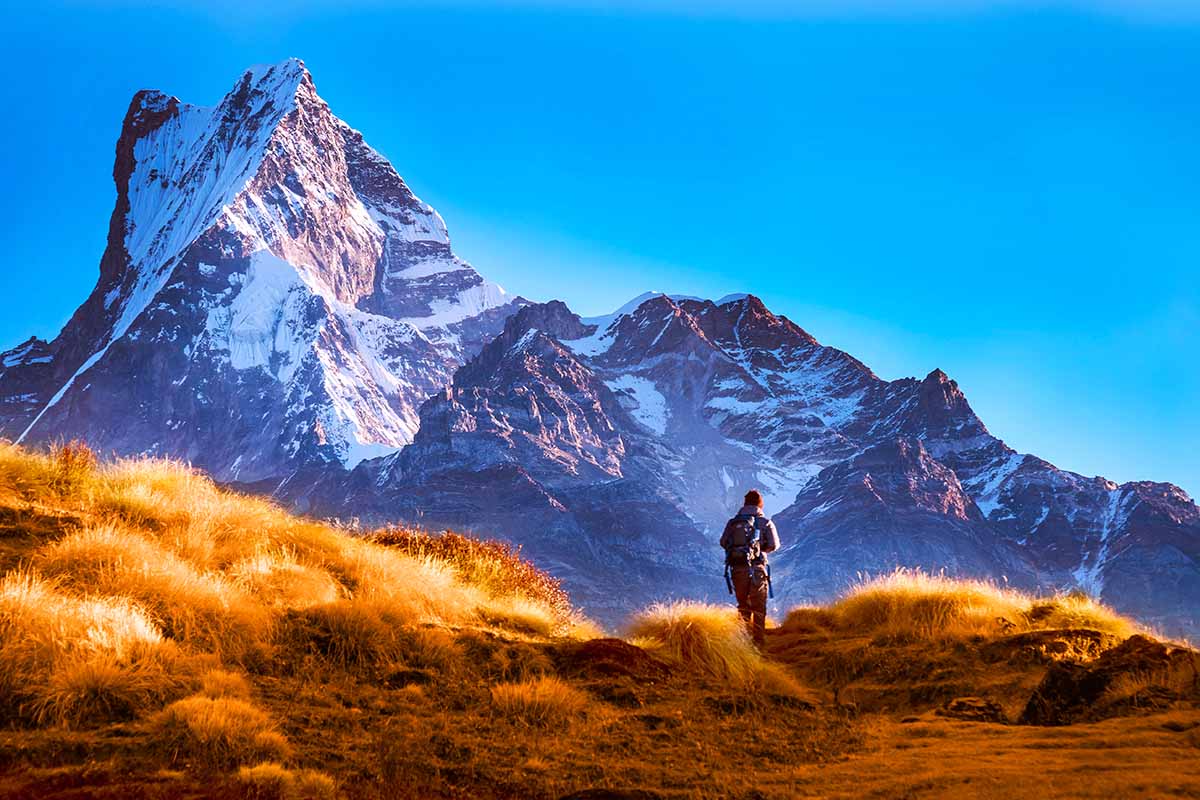
Major Attraction:
- Panorama of Mardi Himal Base Camp,
- Less-trodden, less-populated trail with fewer tourists,
- Rhododendron forest trek,
- Nice view of Machapuchare (Fishtail Mountain),
- Ridge walk drama landscape scene at High Camp.
9. Kanchenjunga Base Camp Trekking
Third highest in the world and Nepal’s farthest 8,000-meter peak, the Kanchenjunga base camp trekking is Nepal’s shortest and farthest trekking route. The opportunity for the trekker to trek through dense forest, rugged gorge, and distant Limbu and Rai villages exists. The trekking route belongs to one of the parts of the Kanchenjunga conservation area and is biologically richer.
Remote in altitude, distance, and access but countered by virgin landscapes and remoteness. Panorama view of Kanchenjunga and virgin Himalaya terrain. Special guide and permit required owing to location close to Indian and Tibetan frontiers.
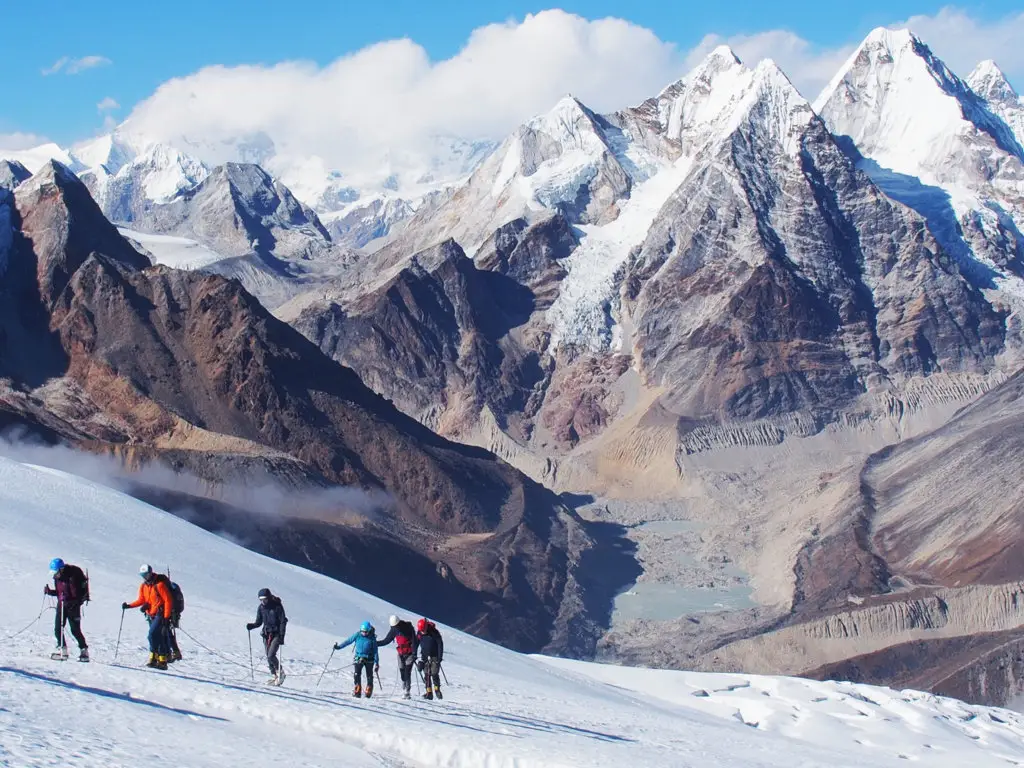
Major Attraction:
- Panorama base camp view of Kanchenjunga and Jannu,
- Virgin, isolated villages such as Ghunsa and Yamphudin,
- Virgin alpine woodland with waterfalls.
10. Helambu Trekking
Helambu Trekking to the north of Kathmandu is a low altitude acclimatization trekking. The trail goes through Sherpa, Hyolmo and Tamang villages and one gets exposed to Buddhist culture and mountain scenery without requiring high altitude acclimatization. Pine forest, waterfalls, and ridgeline view with occasional glimpse of Langtang Lirung and Dorje Lakpa are products of the trek.
Far enough from the capital city but rural and off the beaten path, Helambu is within reach, used, near, and well-suited to serve as ideal short trekking stops or cultural experiences for visitors within easy reach of Kathmandu.
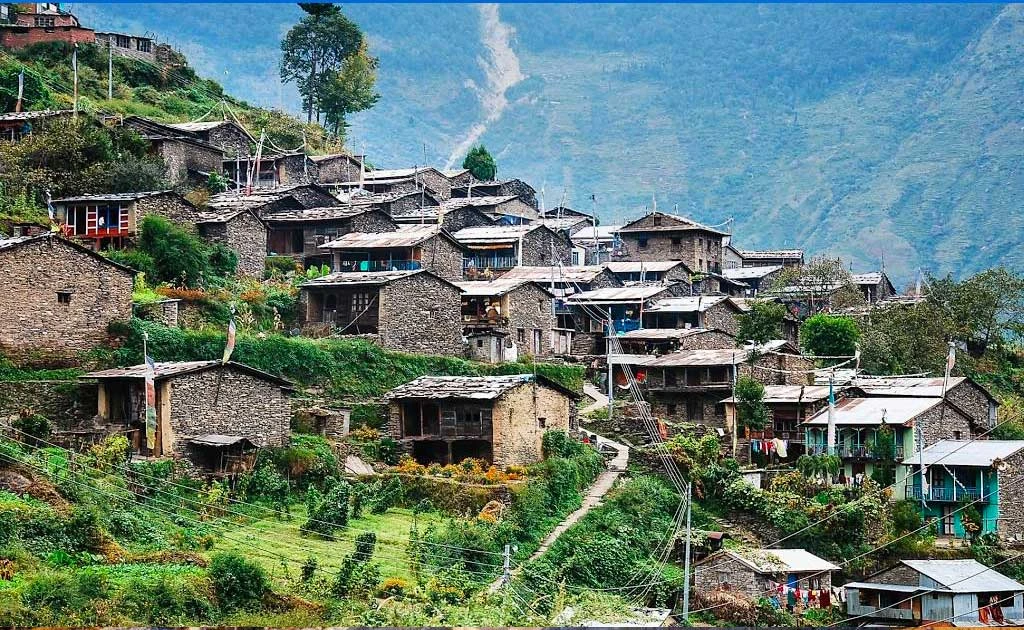
Main Highlights:
- Hyolmo and Tamang village people,
- Buddhist monasteries and prayer walls,
- Langtang and Ganesh Himal range panorama,
- Green pine and oak woods,
- Near to Kathmandu for convenience.
Best Time To Visit
1. Spring (March till May)
It is one of the most favorable times to go for Trekking, it is so because during that time –
- You can enjoy plead wether. It is warm and sunny during the day but not ice cold in the night.
- You can enjoy clear mountain views of mountains because there are no monsoon clouds.
- You will also get a chance to watch various local festivals here during these months, and they can help you learn about other cultures.
2. Autumn (September to November)
The autumn season is the perfect time for Trekking since weather is fine here. This is the ideal time to witness trek beauty.
- You can enjoy unhindered sights of the Himalayas at this moment. Weather is hot during the day but freezing at night but can be withstood using the gears.
- You can enjoy post-monsoon scenery. Forest and trails are more beautiful than in other months after monsoon rains, with the ideal number of rivers flowing and green trails.
- It is claimed that during this period, it is possible to spot Himalayas wildlife such as the blue sheep and other animals.
Essential Tips for the Trekking
- Permits: You need to get the Restricted Area Permit, Conservation Area Permit initially.
- Guides and Porters: You would be informed in advance that Solo trekking is strictly prohibited on this trek. You would need to employ a registered guide and minimum two trekkers. If you wish for a good guide then you may contact us from our website.
- Physical Preparation: A individual must be atletic enough to hike and run. His endurance needs to be in the proper condition because a higher altitude would need to be faced.
- Altitude Sickness: In order to minimize the dangers and acclimatize your body to altitude sickness, it is advisable to follow the schedule of guides. Consuming large quantities of water would keep your body hydrated and acclimatize it to the environment.
- Money: Don’t forget to have some Nepali money with you during the trekking since you won’t be encountering any ATMs along your way.
Things you should carry with you during your Trekking.
While packing for trekking, the most vital thing to carry with you is warm clothes. As the trekking starts, there will be a temperature difference, so we suggest that you –
- Carry warm jackets, insulated jackets, and water-proof jackets with you. You should carry warm hats, gloves, and thermal socks with you for the cold weather.
- You need to wear trekking shoes that are comfortable with strong ankles so your feet will not hurt during trekking.
- Don’t forget to bring your gear like trekking poles, sleeping bags, and handlamps. Always remember to bring a sleeping bag for low altitudes.
- Take your suncream, lip balm, and sunglasses along at lower altitudes as personal accessories .
- Take your snacks such as protein bars, and junk foods as appetizers throughout the trekking.
- Do not forget to bring a first aid kit for critical moments such as painkillers,nims, altitude sickness, purification tablets, etc.
Conclusion
Trekking in any place is not just a trekking destination but a journey of learning about the environment, culture, and lifestyle. You will be able to witness the beauty of the landscape to the beauty of the mountain. We bet you this is going to be your once-in-a-lifetime experience. If you want to set off on the adventure of a lifetime, Contact us today at Happy Mountain Nepal, Facebook, Instagram, or TikTok. We will prepare your package as per your flexibility.
